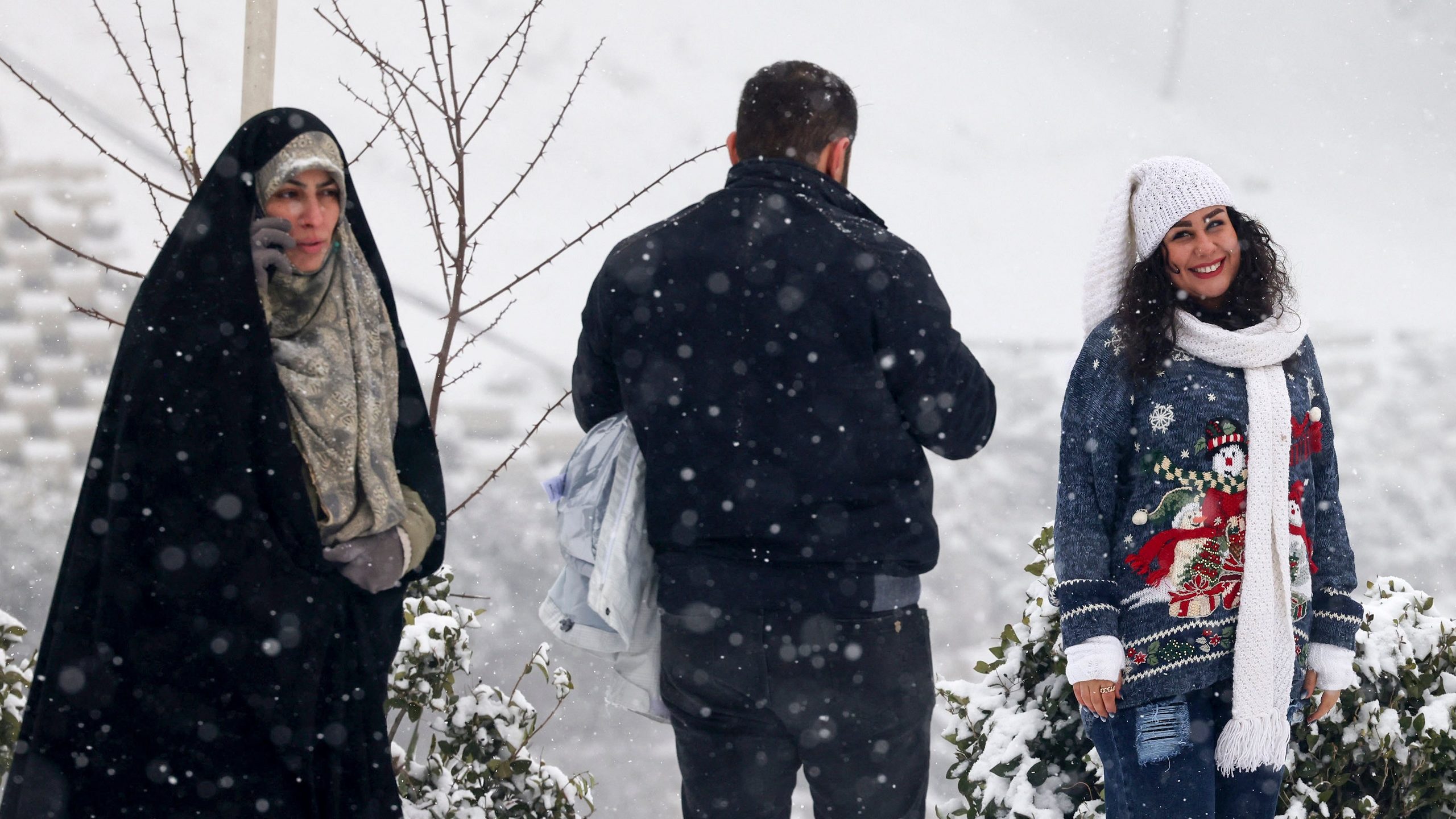Facing a Very Cold Winter, Gas-rich Iran Shutters Institutions To Save Gas
Iran lacks technology and infrastructure to develop its massive gas reserves
As a cold wave hit Iran this week, government offices, universities, and schools were closed on Sunday, in a bid to save gas at a time of growing scarcity. The oil-and-gas-rich country is facing a severe shortage and is failing to heat its citizens at the peak of winter.
The governor of the northeastern province of Razavi Khorasan, Yaghoub-Ali Nazari, said on national television that by Saturday night, supplies were disrupted for at least 90,000 residential users.
While Iran holds the world’s second-largest proven reserve of natural gas, it lacks the technology needed to exploit it to full capacity, says Dr. Ramu C.M, a Berlin-based consultant on energy and international politics.
“Production from many of its fields has either not been tapped yet or has been stagnating or dwindling due to the unavailability of adequate technology, such as hydrocarbon engineering and oilfield services, needed to improve recovery from aging or mature oil and gas reservoirs,” Ramu C.M told The Media Line.
The sanctions applied on the Islamic Republic have prevented several Western actors and oilfield service providers from investing and participating in the exploration and production segment of Iran’s oil and gas industry, he explains.
This has affected Iran’s ability to repair, develop, and expand its gas infrastructure, says Roxane Farmanfarmaian, a lecturer on Middle East politics at the University of Cambridge and an expert on Iran. On top of that, she notes, Iran has a very high domestic consumption of gas – the fourth highest in the world.
The fact that the Iranian government subsidizes gas for the poorer sections of the population has contributed to the high domestic consumption, Farmanfarmaian says, noting that the government faced protests in the past when it tried to reduce the subsidies.
“Gas shortages have been a constant and are not new. Whenever the weather gets cold, gas is cut off to preserve reserves,” Farmanfarmaian says. But this winter, Iran’s Oil Ministry says gas consumption has increased by 30% compared to last year, leading to the decision to close governmental and educational institutions to counter the phenomenon.
Javad Owji, the country’s oil minister, blamed part of the supply shortages on Turkmenistan’s halt of gas exports to Iran since Thursday. Iran heavily relies on neighboring countries such as Turkmenistan for gas supply since this is more convenient than consuming locally produced gas.
This is because the main problems faced by the Iranian oil and gas industry are related to energy storage and transportation, according to Hamid Talebian, a research fellow at the German Institute for Global and Area Studies.
“Domestic reports often indicate that at least around 40-50% of the produced energy would be wasted without primarily being consumed. All in all, when a cold winter hits, the supply cannot keep up with the needs,” Talebian told The Media Line.
He explains that to supply the northeastern provinces, importing gas from neighboring Turkmenistan makes more sense than using Iranian-produced gas. Iran’s main site for gas extraction is in the Persian Gulf, in the south of the country.
Therefore, “considering the inefficient and old infrastructure, it is more costly to transport energy all the way up the northeastern side of the country to cover its energy needs than importing the gas from Turkmenistan,” he says.
Turkmenistan has now stopped the supply due to its own local gas needs, as well as disputes between the two countries over delayed payments and Iran’s accumulated debt over time.
The gas shortage issue, says Farmanfarmaian, may add to the popular discontent with the government. “Feeling cold at home and being unable to go to the office can contribute to people going into the street to protest,” she says.
On the other hand, she notes, the government’s crackdown on protesters is severe: “The heavy use of surveillance cameras in the street means that protesters’ faces are being tracked,” which, she suggests, could explain why the protests may not grow, after all.
Talebian says it is hard to speculate whether mismanagement of this sort would lead to another nationwide protest. However, he argues that the recent uprisings over the killing of Mahsa Jina Amini by religious authorities for a dress infraction have put Iranian society into a revolutionary mindset.
Any socioeconomic crisis at this stage, Talebian believes, could trigger further mass uprisings. “Historically, a shortage in supply and the increasing cost of energy have stimulated and inflamed the protests in Iran, as was the case in 2019,” he says.


